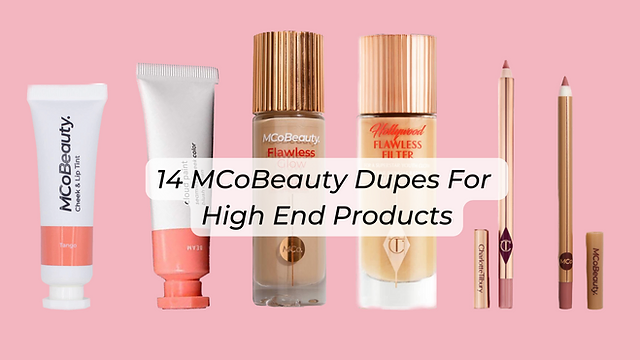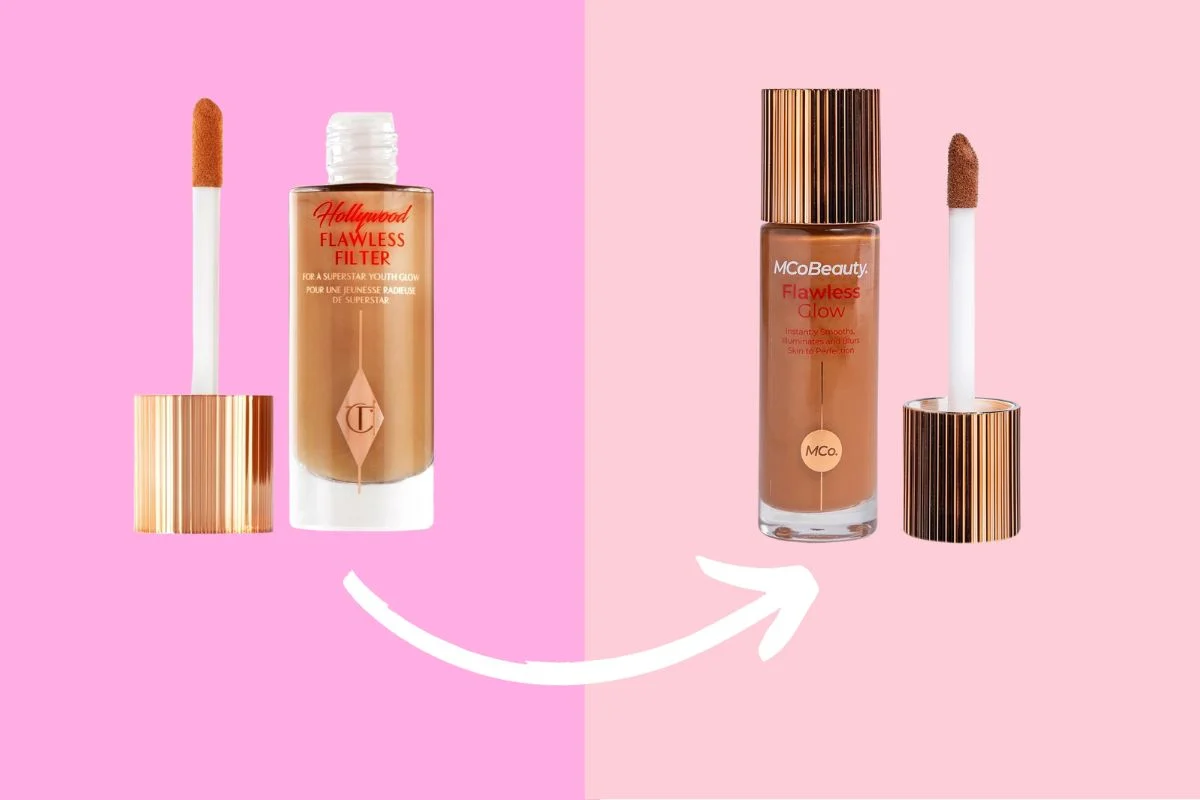Does retail need even more disruption?
- Juanita Neville-Te Rito

- Apr 28, 2024
- 5 min read

Consumer needs have changed over the past 30+ years since I started working in retail…. and those needs have become increasingly sophisticated. Yet, retailers have been slow to innovate and disrupt to keep up. Numerous research studies of industries show that retailers are behind all other sectors in making innovation and disruption a top priority. Instead, many have focused (or over-focused) on day-to-day core operations. There are many reasons why, notwithstanding the laser focus demanded on short-term results. But this lag led to the rise of innovative newcomers wresting a larger share of the market from former industry heavyweights.
A quick history lesson
The all-purpose department stores that dominated the industry in the 1990s were surpassed by large conglomerate retailers of the 2000s and, in the 2010s, retailers that expanded globally.
These have been outshone by more creative newcomers that enhance their retail verticals with dozens of new businesses to deliver on the needs of the end consumer. Disruption and innovation will continue to be a key source of competitive advantage and resilience.
Real-time retail disruption
With that retail leaders need to champion and challenge disruption in their businesses by cultivating an open culture that encourages grassroots ideation and developing a fit-for-purpose operating model. Easier said than done as we are staring down the barrel of a difficult trading environment (again) but now is a better time than any to support change and governance that allows experimentation and risk taking and provide appropriate investment in enablers such as big data, AI, GenAI and test-and-trial activities.
Without doubt, real-time retail is revolutionising business models. Technologies like AI and advanced analytics are unlocking new levels of precision and pace for retailers, enabling them to integrate new data sources seamlessly to track and tap into trends in real time. But in a world where most of the merchandise planning is still a coordinated effort of excel spreadsheets, the possibilities of far-reaching transformative customer journeys may not feel within reach.
On the global stage
Amazon has been the clear pioneer in the advanced analytics space, utilising dynamic pricing algorithms that respond to demand, competitor pricing, and inventory levels.
Zara and H&M have been creating superior customer experiences by delivering rapid responses to trends at a faster speed to market.
Walmart has tailored algorithms to manage inventory across brands, achieving more than 95% accuracy to drive continual in-store availability.
Now we have retailers like Shein going even further, unlocking on-demand retail. Shein magically brings together pre-development trend analysis, ultra-fast production capabilities, and consumer feedback to produce new garments at record speed, (research suggests in as little as three days), then leverages social platforms to respond to micro-trends. What this allows Shein to deliver is on-demand, ultra-small batch production that ultimately helps lower excess inventory wastage, significantly reducing the cost of goods sold per garment.

Disruption in real-time retail comes with a load of risks including:
Increased data security concerns
The drawbacks of dynamic pricing, where customers feel penalised for choosing products in high demand (ask Wendy’s how that went for them when they floated the idea)
Relentless consumer expectations in the “now economy”
Substantial investment in technology infrastructure
Gaps between the digital aspirations of retail leadership teams and the capabilities of their teams
Finally, the implications of higher carbon emissions across the supply chain network.
But disruption can come in many different forms and the following retail businesses have carved out something special to provide a competitive edge in the market, where others did not. And there are great lessons to observe.
MCoBeauty - 'quality products, at a luxe-for-less price'

If you have not heard of Australian beauty brand MCoBeauty, you must be living under a rock. It has taken over the world for the highly coveted products that mimic higher-end beauty buys. Not only that, but this is also a brand that is driven by social media and the advocates that shout, share and swear by the product, that until recently, has been incredibly hard to get product.
For example;
The MCoBeauty Miracle Anti-Aging Repair Serum is an excellent substitution for the Estée Lauder Advanced Night Repair, and for $80 less.
Save almost half the cost of the Drunk Elephant D-Bronzi Anti-Pollution Sunshine Drops if you buy the MCoBeauty Super Glow Bronzing Drops
And I can confirm that these more affordable products, give you nearly the identical results from the cheaper options as the originals that inspired them. My beauty cabinet is now filled with them. But in the office, there has been division and finger-waggling with claims of unoriginality at best and copyright infringement at worst…..and “How do they get away with it?”
Welcome the biggest disruptor since sliced bread (or Netflix)
Founder Shelley Sullivan did her research.... Women wanted the products that were in shops like Sephora and Mecca, but that they could buy in mass market, at a fraction of the price......and so MCoBeauty was born – not to 'dupe' anyone, but simply to offer luxe beauty products for less.
A portion of their products are inspired by our customers, from a constant stream of requests from people around the globe saying, 'We can't afford Chanel, we can't afford Dior, we can’t afford Charlotte Tilbury – could you create something like that?' So that is what started MCoBeauty on what they call 'quality products, at a luxe-for-less price'.

MCoBeauty has a very thorough process that they conduct when it comes to taking a product package or formula to market that may be like another brand that is already out there. Customers are the ones who created the label “dupe,” not MCoBeauty.
Pop Up Beauty
The MCoBeauty ‘House of Beauty’ popped up in Sydney in mid-Nov 24 after the company put up 1,500 tickets for sale and they were sold out within the hour. 1,500 customers entered the store on the hour, every hour.... a “wow moment” in the bricks-and-mortar world.
MCoBeauty is disrupting the beauty world. Next time you are in The Chemist Warehouse or Woolworths, make sure to check them out. The products are often discounted 20-30% within the month and they fly off the shelf. They do every day of the week. And they are doing so well they recently have entered the US market with a Kroger partnership. And it has gone off!
Retail Gold – giving shoppers effortless ways to return…and resell
Yes, it does seem counterintuitive. To sell more products, stores need to focus on the returns process.

History has shown that an easy and reliable returns process can build customer trust and encourage people to shop more risk free. They are safe in the knowledge that if there is a problem or issue with the product, the wrong will be righted. And that drives customer loyalty. But until now having a seamless returns process has also created inventory nightmares. Tech company Optoro, works with retailers such as Best Buys, Gap and Steve Madden to launch Express Returns.
The feature lets customers to schedule at-home pickups for items they want to return
With the data from those returns, Optoro helps retailers spot which items are less likely to be returned and to restock items that are returned more quickly.
Last year, Gap put 95% of all returned items via Optoro back up for sale the same day they were returned
Archive
Resale of second-hand clothing is driving significant customer behaviour to lessen their impact on the environment. But it has been hard to implement.

Enter ARCHIVE. In 2023, Archive launched its most seamless resale system in partnership with digital ID company Eon and Pangaia.
Customers can now just scan a QR code on Pangaia to make them available for resale on the brands platform
This has driven new resale customers to the brand’s platform by 50%
There are 22 brands now using the technology from Maje, Hannah Andersson and now New Balance
--
Gosh, some may say, have not we had enough disruption?
The definition of disruption I love the most is
a break or interruption in the normal course or continuation of some activity process"
….and seeing what I have been seeing out in the retail landscape, if anything, we need it more than ever.
Have your say
Do you think your business focuses enough on innovation and disruptive opportunities to grow?
Yes, absolutely
Yes, but we aren't great at making it happened
We talk about it but it never hits the top of the list
Innovation......does cost cutting count?










Comments